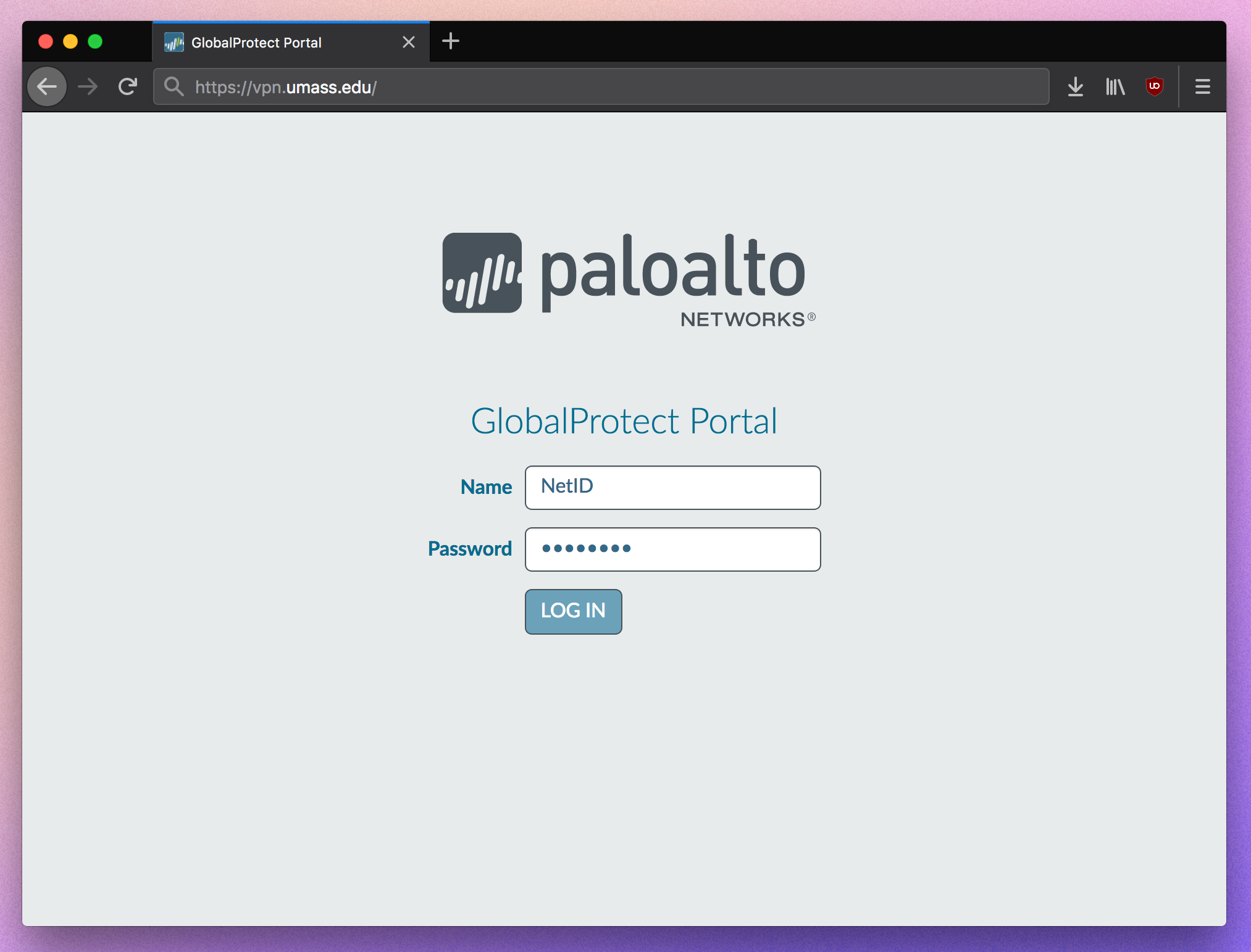

- INSTALL OPENVPN CLIENT MAC OS ARCHIVE
- INSTALL OPENVPN CLIENT MAC OS PASSWORD
- INSTALL OPENVPN CLIENT MAC OS DOWNLOAD
- INSTALL OPENVPN CLIENT MAC OS FREE

Step 4 – Select Interface & Enter Service Nameįor ‘Interface’ select ‘VPN’, for ‘VPN Type’ select ‘IKEv2’ and for ‘Service Name’ enter ‘ZoogVPN IKEv2’. Step 3 – Create VPN ConnectionĬlick ‘+’ to create a new VPN connection. In the ‘System Preferences’ window, click on the ‘Network’ icon. Works with macOS 10.11+ (Version: 1.0, Beta) Step 1 – Click on ‘System PreferencesĬlick on ‘System Preferences’ on your Mac’s dock. Didn’t find an answer to your question? Contact our 24/7 customer support team here.
INSTALL OPENVPN CLIENT MAC OS FREE
We strongly encourage Free Plan users to show their support on social media.
INSTALL OPENVPN CLIENT MAC OS DOWNLOAD
Once the download completes double click to uninstall your current version of Tunnelblick.Įnjoy! You have now taken control of your Internet freedom, privacy, and security.ĭon’t forget to connect with us on Facebook and Twitter. Uninstalling Tunelblick OpenVPN ClientĬlick the ‘DOWNLOAD’ button below to download Tunnelblick Uninstaller. You may need to press the ‘Refresh’ button for it to appear. To disconnect click on the ‘Disconnect’ button on the status screen (above) or click on the Zoog VPN Tunnelblick Client icon on the Finder bar, followed by ‘Disconnect’.Ĭheck that the flag next to your username has now turned to your desired server country flag. Upon successful connection, you will see a screen with a confirmation of successful connection. You can also tick ‘Save In Keychain’ for the client to remember your login details.
INSTALL OPENVPN CLIENT MAC OS PASSWORD
Your password is the password you used when creating your ZoogVPN account. Your username is basically the email address of your ZoogVPN account. You will then be asked to enter your ZoogVPN account credentials. NB: To launch Tunnelblick Client, if not already running, go to Launchpad and click on ‘Tunnelblick’.Īccept all the system prompts to complete the import. Step 4 – Launching Zoog VPN Tunnelblick Client
INSTALL OPENVPN CLIENT MAC OS ARCHIVE
Unzip the archive file, to import the configuration files, simply select all, right-click and choose ‘Open with Tunnelblick’. You can find the list of available servers here. We recommend using ‘TCP’ only when ‘UDP’ is not available or when a more secure VPN connection is required. Single File Download – Choose your desired location and tap on the Download icon to download the OpenVPN configuration file. Unzip the archive file and save the folder on your device’s SD card for later use. Step 2 – Download Configuration Filesīulk Download – On your macOS device download OpenVPN Configuration Files. Once the download is complete, double click on the. On the Remove VPN connection? box, click Remove.įor more information, see Create an Azure Active Directory tenant for P2S Open VPN connections that use Azure AD authentication.Works with macOS 10.11+ (Version: 1.0, Beta) Step 1 – Download Tunnelblick OpenVPN ClientĬlick the ‘Download Tunnelblick’ button and choose ‘Stable’ release from the Tunnelblick website. Select the VPN connection that you want to remove, click the dropdown, and select Remove. You can remove the VPN connection profile from your computer. When you want to disconnect, click Disconnect to disconnect the connection. Once connected, you will see the Connected status. Using your credentials, sign in to connect. In the VPN connections pane, select the connection profile that you configured. Authentication Type: Azure Active Directory.Certificate Information: The certificate CA.The name you choose here does not need to be the formal name of a server. VPN Server: This name is the name that you want to use to refer to the server.Connection Name: The name by which you want to refer to the connection profile.

On the Azure VPN Client page, you can configure the profile settings. To disconnect from the session, click Disconnect. Once connected, the status will change to Connected. In the VPN connections pane, select the connection profile that you saved. View the connection profile information, then click Save. Navigate to the profile file that you want to import, select it, then click Open. On the Azure VPN Client page, select Import. For steps, see Working with VPN client profile files.


 0 kommentar(er)
0 kommentar(er)
